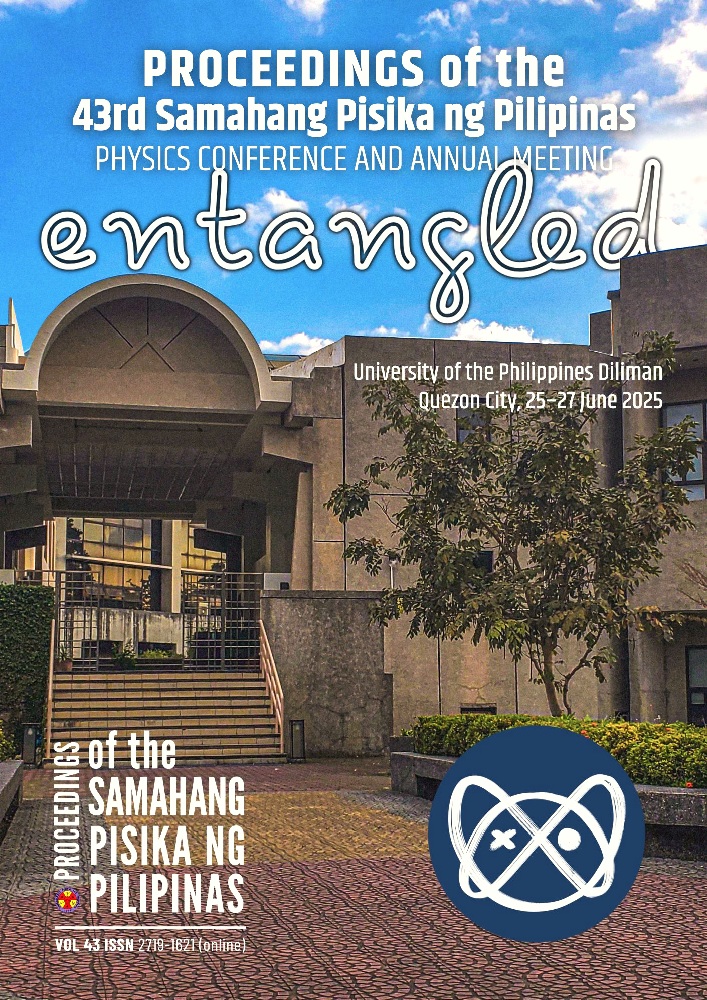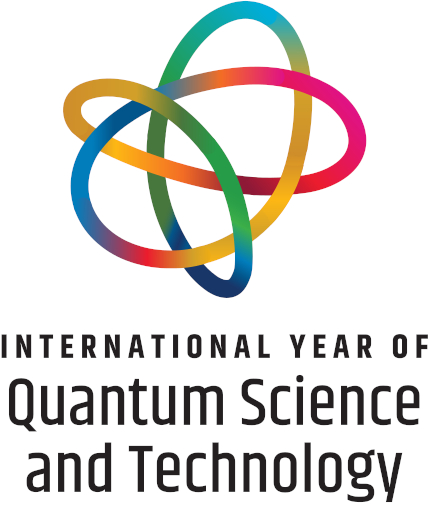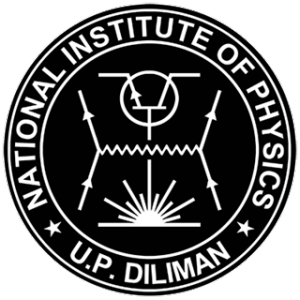Pressure dependence of current-voltage characteristics of a magnetically confined heaterless hollow cathode
Abstract
A hollow cathode is a type of cathode used in gas discharge systems that enhances plasma generation due to its unique geometry which is either cylindrical or cup-shaped cavity. Due to the hollow cathode effect, dense and stable plasma is produced compared to traditional cathodes. However, conventional hollow cathodes rely on resistive heaters to initiate electron emission, presenting challenges such as extended heating times, additional power supply requirements, and limited operational lifetimes due to thermal fatigue. To address these limitations, heaterless hollow cathodes (HHCs) have emerged as a promising alternative. HHCs utilize high voltage breakdown and self-heating from the discharge current to achieve ignition, offering benefits such as reduced power demand, faster start-up, and improved longevity. This work presents the characterization of a custom-designed titanium (Ti) HHC with a 0.7 mm aperture, intended for use as a sputter source in Ti thin film formation. The discharge characteristics were evaluated in argon (Ar) across a pressure range of 10–100 Pa, with and without the application of an external magnetic field. Stable discharge operation and high voltage breakdown resistance were achieved, demonstrating the viability for sustained operation. Results show that the magnetic field enhances discharge stability and potentially improves the sputtering efficiency, making the compact Ti HHC a suitable candidate for thin film deposition systems. HHC-driven sputtering is particularly useful for depositing uniform, high-quality coatings that can be operated at lower pressures and voltages, improving efficiency and film properties.
Downloads
Issue
Entangled!
25-28 June 2025, National Institute of Physics, University of the Philippines Diliman
Please visit the SPP2025 activity webpage for more information on this year's Physics Congress.
SPP2025 Conference Organizers
SPP2025 Editorial Board
SPP2025 Partners and Sponsors











